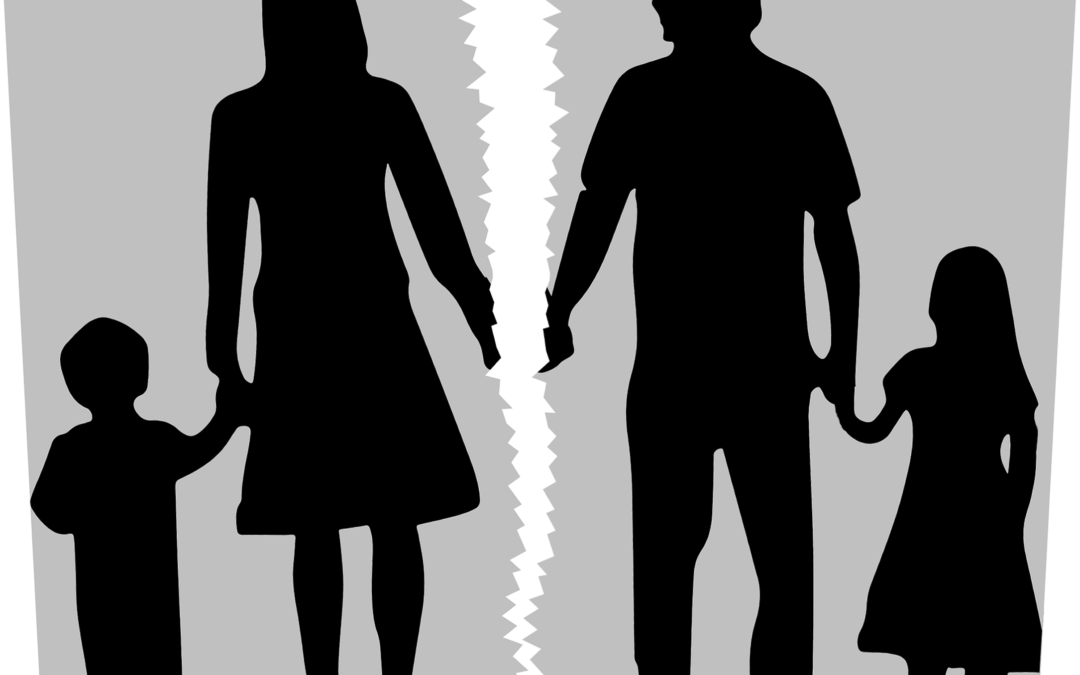Divorce Demographics
A recent demographic study by the Pew Research Center reports that one in every four parents living with a child in the United States today is
A recent demographic study by the Pew Research Center reports that one in every four parents living with a child in the United States today is unmarried, and that public opinion on such circumstances is progressing towards acceptance. [See Livingston, Gretchen for The Pew Research Center: “The Changing Profile of Unmarried Parents (Last Visited December 21, 2018)]. Driven by declines in marriage overall, as well as increases in births outside of marriage, this marks a dramatic change from a half-century ago, when fewer than one in every ten parents with a child was unmarried.
At the same time, the profile of unmarried parents has shifted markedly. For example, solo mothers – those who are raising at least one child with no spouse or partner in the home – no longer dominate the ranks of unmarried parents as they once did. This decline in solo mothers have been entirely offset by a steady increase in cohabiting parents: today, 35% of all unmarried parents live with a partner.
As the number of parents who are unmarried has grown, the number of children reported to be living with an unmarried parent has concurrently grown. In 1968, 13% of children – 9 million in all – were living in this type of arrangement, and by 2017, that share had increased to about one-third (32%) of U.S. children, or 24 million.
While it has become more common in recent decades, some Americans view the increase in unmarried parenthood – solo mothering especially – as a negative trend for society. In a 2015 Pew Research Center survey, two-thirds of adults said that more single women raising children on their own was bad for society, and 48% said the same about more unmarried couples raising children. Acceptance of unmarried parenthood tends to be particularly low among whites, college graduates, and Republicans. Even so, other data suggest a slight uptick in acceptance. In 1994, 35% of adults agreed that single parents could raise children as well as two married parents, according to data from the General Social Survey; by 2012 the share supporting this view had risen to 48%.
For solo and cohabiting parents, very different demographic profiles
As a result of the rise and transformation of unmarried parenthood in the U.S., significant demographic differences now exist between married, unmarried/cohabiting parents, and solo parents. For example, cohabiting parents are younger on average than solo or married parents. Their median age is 34 years, compared with 38 among solo parents and 40 among married parents.
Cohabiting parents have lower levels of educational attainment than other parents, due at least in part to their relative youth. Just over half (54%) of cohabiting parents have a high school diploma or less education, compared with 45% of solo parents and 31% of married parents. At the other end of the spectrum, 15% of cohabiting parents have at least a bachelor’s degree, compared with 20% of solo parents. Married parents, in contrast, are more than twice as likely as unmarried parents to have a bachelor’s degree (43% do), reflecting the growing gap in marriage across educational levels.
Despite the fact that cohabiting parents are generally younger and less educated than solo parents, they are still far less likely to be poor. All told, 16% of unmarried parents living with a partner are living below the poverty line, while about 27% of solo parents are. In comparison, just 8% of married parents are living in poverty.
Among solo parents, mothers are almost twice as likely as fathers to be living below the poverty line (30% vs. 17%), but poverty rates for cohabiting parents don’t differ among mothers and fathers. This may be because the majority of cohabiting parents are in a dual-earner household, which accounts for less differences in poverty between of two working parents.
Solo parents don’t have a partner at home, but they are far more likely than their married and cohabiting counterparts to be living with at least one of their own parents – 23% do. This is particularly common among solo dads, 31% of whom are residing with at least one of their parents. Among solo moms, this figure stands at 22%. While the role of these grandparents cannot be determined for certain from this data, prior Pew Research Center analyses suggest that many could be playing an important role as caregiver to any grandchildren in the household. In fact, a 2013 analysis found that among grandparents who lived with at least one grandchild, about 39% said they were responsible for most of that grandchild’s basic needs.

Recent Comments